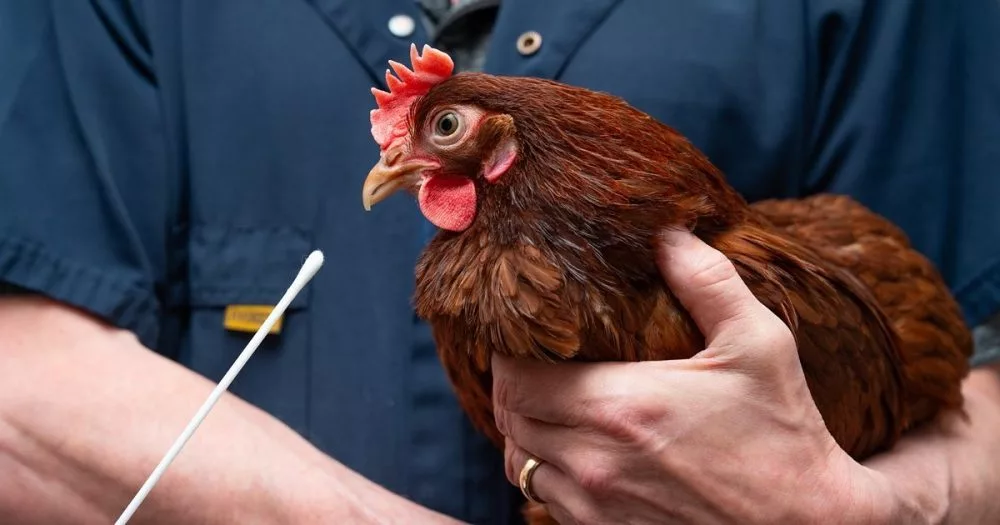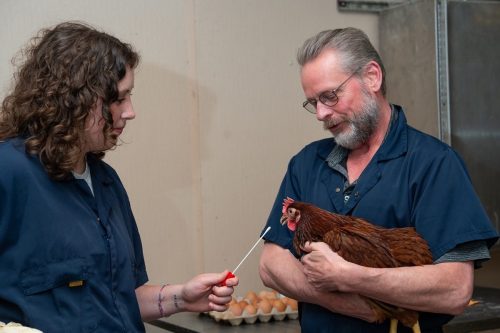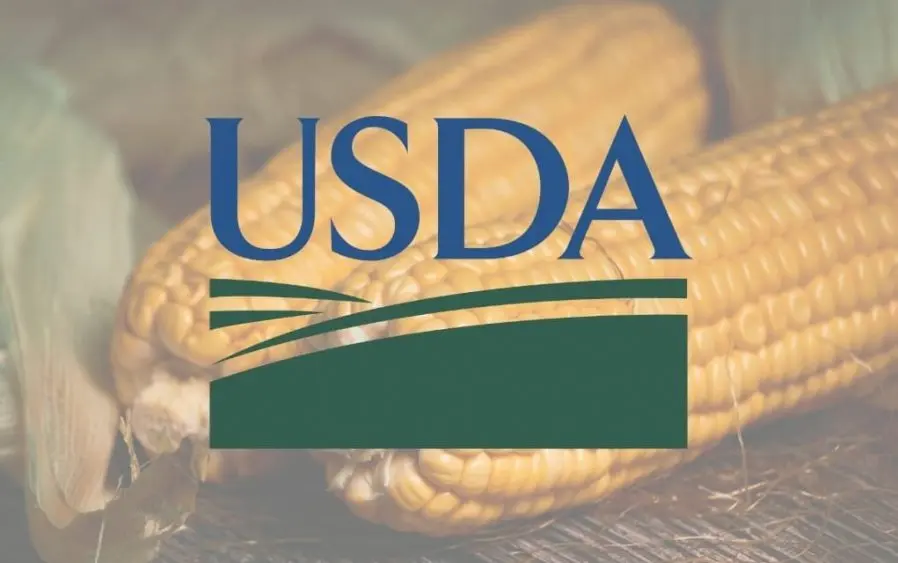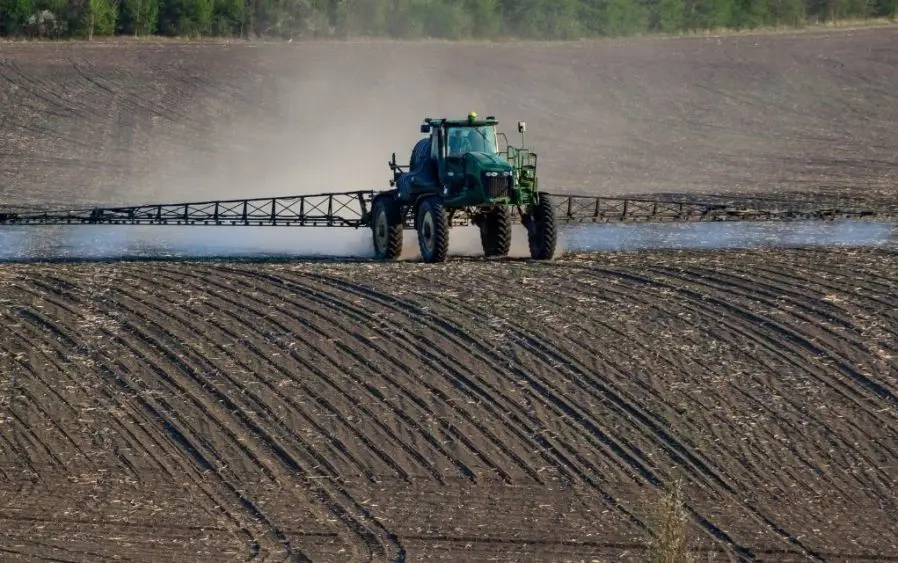
Purdue University scientists have unveiled a new paper-based diagnostic test that enables rapid, on-site detection of avian influenza — a major breakthrough for disease surveillance and control in the field. The technology, which uses nasal or oral swab samples transferred onto specially designed paper devices, offers a low-cost, efficient alternative to traditional laboratory-based testing.

The diagnostic tool, developed by researchers in Purdue’s College of Agriculture and College of Engineering, can identify the presence of the avian influenza virus in a wide range of hosts. That includes commercial poultry flocks, dairy cattle — where the virus has recently been detected in states like Texas and Michigan — and even wildlife reservoirs such as migratory birds and rodents. Notably, the test is also capable of detecting strains in humans, an important feature as concerns rise over zoonotic transmission.
According to lead researcher Mohit Verma, associate professor of agricultural and biological engineering, the test was designed with underserved and rural areas in mind. “We wanted something fast, portable, and easy to use so it could be deployed in the field without relying on full lab infrastructure,” Verma said in a statement. The team has previously developed similar paper-based diagnostics for bovine respiratory disease and COVID-19.
The emergence of highly pathogenic avian influenza (HPAI) strains in the U.S. over the past two years has devastated poultry operations. Since 2022, more than 90 million birds have been culled across 48 states, according to USDA’s Animal and Plant Health Inspection Service. In 2024, the virus made headlines again after being confirmed in several dairy herds, prompting federal biosecurity responses and enhanced testing protocols.
The economic impact has been significant. Elevated biosecurity costs and bird losses have led to supply chain disruptions, driving up the price of eggs and poultry products. USDA data show egg prices surged by over 30 percent at the height of the outbreak, with lingering volatility due to recurring infections. The new paper-based test could help mitigate such disruptions by enabling faster response times and reducing the spread of infection through earlier detection.
Verma’s team is working to commercialize the test and is collaborating with industry stakeholders and public health officials to integrate it into existing disease response frameworks. Field trials are ongoing, and the researchers hope the technology will soon be made widely available for use on farms, at processing facilities, and at wildlife monitoring sites.
“Stopping the spread of avian flu requires tools that are both scalable and adaptable,” Verma added. “This test brings us closer to real-time surveillance at the source.”



